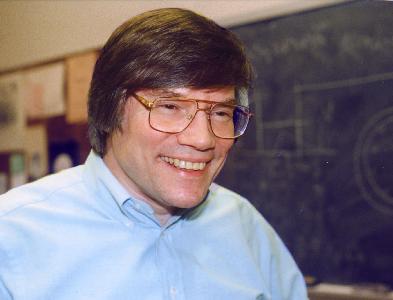Theorists for Inflationary Cosmology-
introduced a cosmological constant, allowing a static solution, which was a three dimensional sphere with a uniform density of matter.
Realized the serious flatness and horizon problems of big bang cosmology
formulated an early chaotic version of inflation in 1979.

proposed inflation in January of 1980,
to resolve problems of previous theorists in the field. He concluded
that such a model required fine tuning of the cosmological constant and
would very likely lead to a much too granular universe, meaning it
would have too large or density variations resulting from bubble wall
collisions. He began to solve these problems with the idea of an
exponentially expanding state. He proposed, that much like a
cosmological constant, the early universe cooled and was trapped in a
false vacuum with a high energy density. The early universe could only
decay out of this cooled state through the process of bubble nucleation
via quantum tunneling. He acknowledged that this model was problematic
because the model did not reheat properly because when the bubbles
nucleated, they did not generate radiation. Radiation could only be
generated in collisions between bubble walls. If inflation lasted long
enough to solve the initial problems, collisions would still be
exceptionally rare.